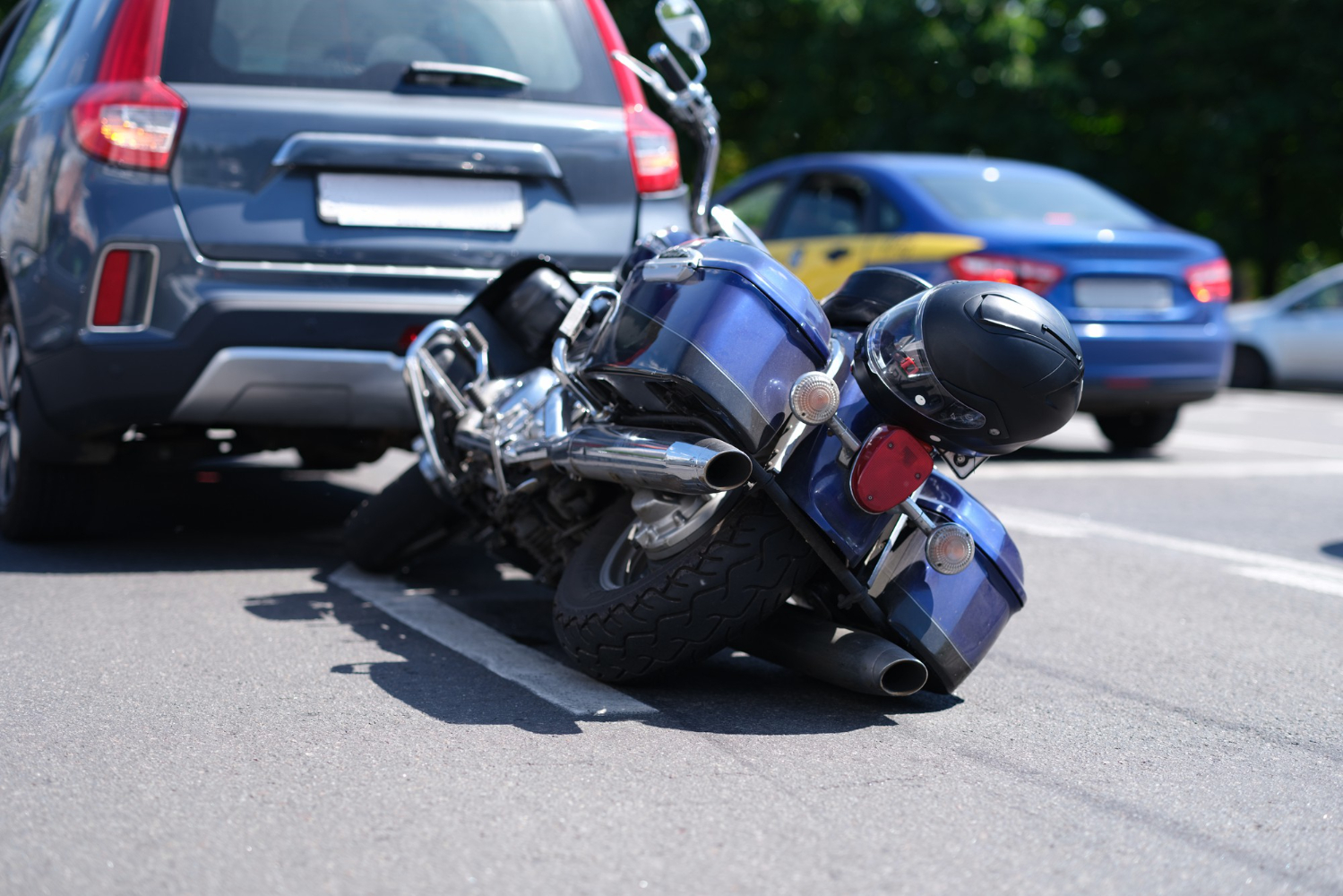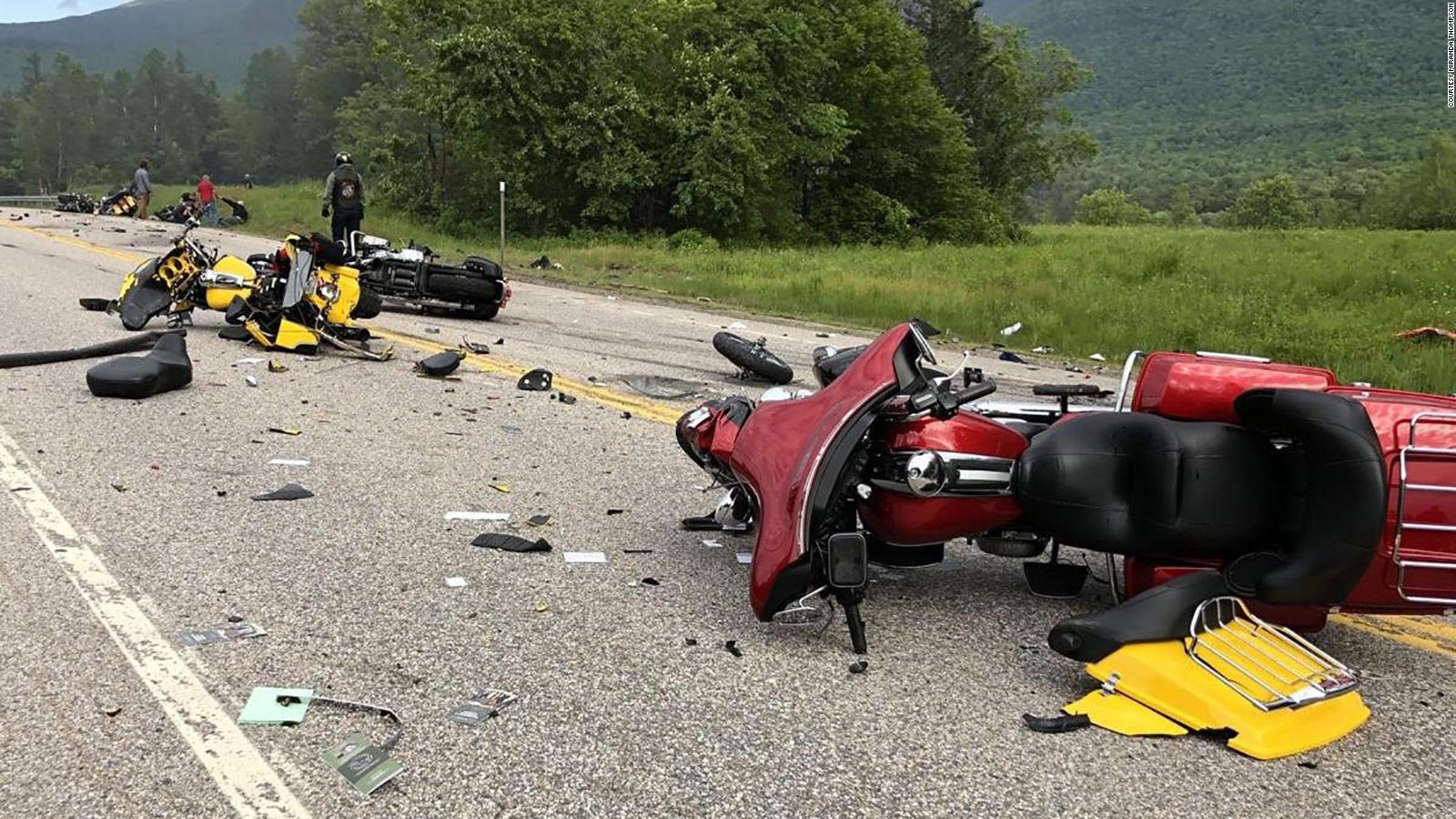How to Determine Liability in a No-Contact Motorcycle Accident
One of the most thrilling modes of transportation in the bustling streets and wide roads is motorbikes. They provide a feeling of liberation and adventure. However, the pleasure and excitement of riding them carry a cost. New data by NHTSA reveals that motorcycle riders are 28 times more likely to lose their lives in the event of a crash than automobile drivers. This shows that motorcycle riders are far more vulnerable to traffic accidents.
Even in the case of no-contact motorcycle accidents, the injuries motorcycle riders may suffer can be as severe as those that result from direct collisions with other vehicles. Meanwhile, in such situations, establishing liability can be especially challenging for the victims.
Should you or someone you love get involved in such an accident, then the assistance of motorcycle accident lawyers could prove useful in sorting out the legal implications of the situation. This article discusses how liability can be established in such situations, highlighting the concept of negligence using real-life scenarios.
What Is a No-Contact Motorcycle Accident?
No-contact motorcycle accidents happen when a rider is involved in an incident without having any physical contact with another vehicle. Such cases are usually caused by emergency braking, swerving, or other evasive actions, which complicate the process of liability determination.
The crucial aspect of establishing liability in these cases is the determination of causation – the proof that the accident occurred due to the actions or inactions of the other person or persons involved.
Negligence in Motorcycle Accident Cases
In general, negligence is a failure to use reasonable care. When this negligence leads to someone else’s injury, the negligent person can be sued for the injured party’s damages, such as medical bills, property damage, pain and suffering, and other damages that result from the injury.
To determine negligence in a motorcycle accident, one begins with the common law duty shared by all drivers on the road. This includes,
- Obey traffic laws
- Be aware of their surroundings
- Respond reasonably to surprises
In the case of a motorcycle accident, this general duty to drive safely also requires consideration of specific hazards that motorcyclists face. For instance, drivers of cars performing left-hand turns need to be aware of motorcyclists, who are more challenging to observe than other cars and trucks.
Determining the At-Fault Party in a No-Contact Motorcycle Crash

Here are two instances of no-contact motorcycle accidents to explain how a negligent party can be determined.
Changing Lanes
In this case, a car and a motorcycle are driving in the same direction on a two-lane road, each vehicle in its respective lane. The car is a little ahead of the motorcycle and changes lanes sharply, without any turn signals or any other warning to the motorcyclist. To avoid the car, the motorcyclist swerves suddenly loses control of the bike and crashes or lays down the motorcycle. There was no collision between the car and the motorcycle.
In this case, the driver will probably be held liable because
- The driver changed lanes without indicating an intention to do so
- The driver could have seen the motorcycle by making an effort to determine whether making a lane change was safe
A Rear-End Collision
In this instance, the motorcycle is following the car in the same lane. The car reduces its speed, yet the motorcyclist does not detect the decrease in the car’s speed and continues at the same speed. The motorcyclist swerves and/or lays the bike down at the last moment, when, at last, they notice that the car has almost stopped.
In this case, it is unlikely that there would be a legitimate personal injury claim against the driver. The motorcycle rider was most likely negligent and would be considered solely responsible for the accident.
Conclusion
Understanding the principles of negligence and applying them to the specifics of each case can help in determining liability in no-contact motorcycle accidents. The crux of the matter is not whether the two vehicles collided, but whether the driver or rider was negligent.
In cases where a driver is negligent and a motorcyclist crashes as a result, the driver will be held liable to the motorcyclist even if there is no actual collision.

















